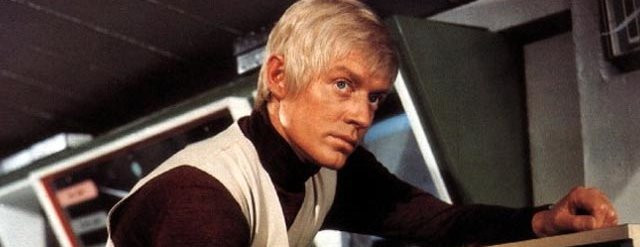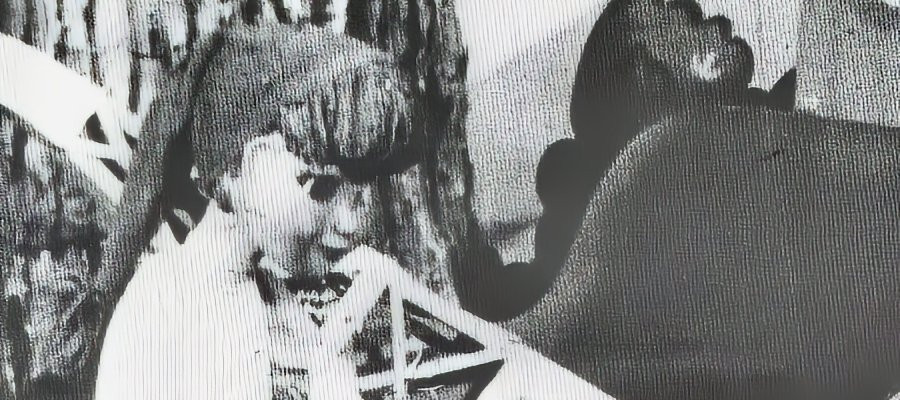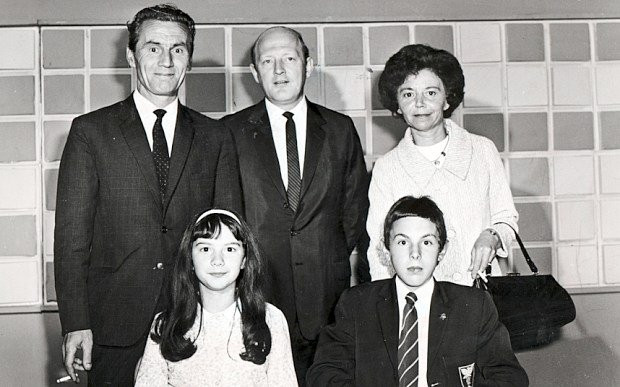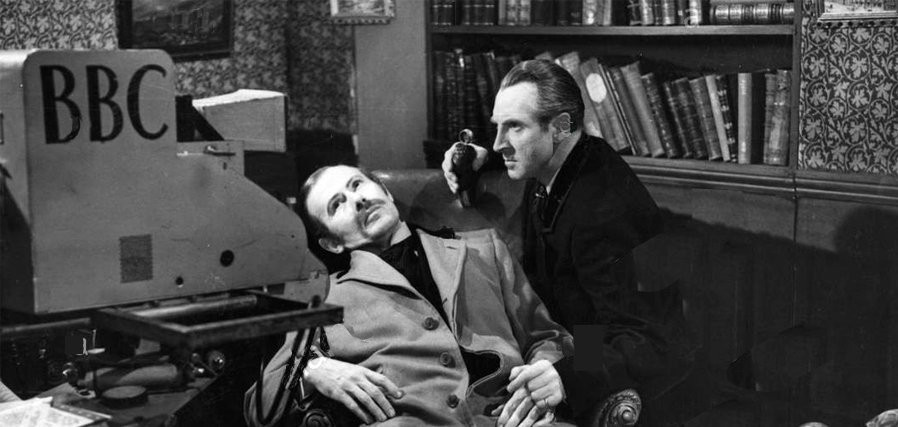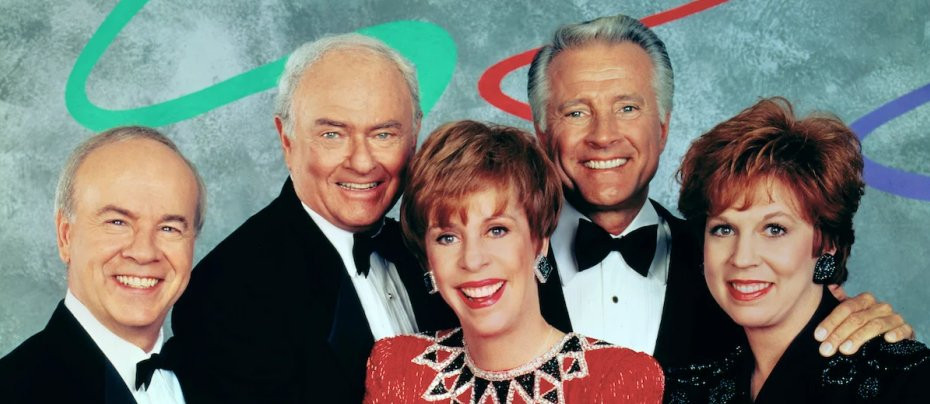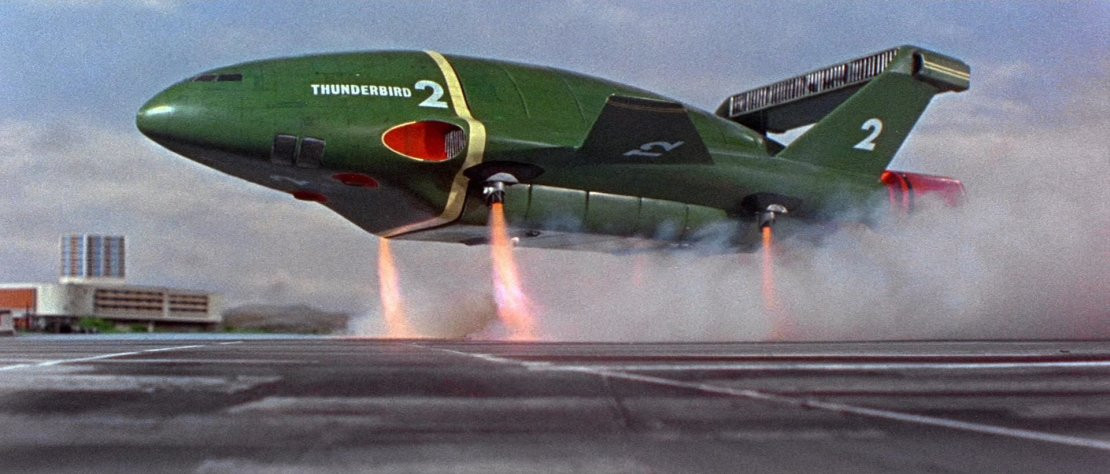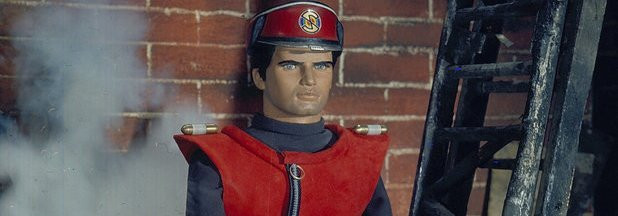
Captain Scarlet and the Mysterons
1967 - United KingdomWith Captain Scarlet and the Mysterons, Gerry Anderson’s fifth television series, the pioneering art of Supermarionation took a significant—and expensive—leap forward in sophistication and ambition. First broadcast in 1967, the series marked a major departure in tone and style from its predecessors, most notably Thunderbirds, offering a darker, more mature narrative while maintaining the futuristic flair and high production values audiences had come to expect from an Anderson production.
Set in the year AD 2068, the series follows Spectrum, Earth’s elite defence organisation, which operates from a sleek, skyborne command centre known as Cloudbase. This international agency—another incarnation of Anderson’s recurring theme of unified world security forces—is thrust into a state of interplanetary conflict when a human exploratory mission on Mars mistakenly attacks an alien complex belonging to the Mysterons, a race of invisible, energy-based beings. Perceiving the incident as an act of aggression, the Mysterons declare a "war of nerves" against humanity.
The Mysterons’ primary weapon is chillingly effective: they can kill human beings and then reconstruct them as exact duplicates, devoid of free will and acting solely as agents of sabotage and destruction. Their first reanimated operative is none other than the Mars mission's leader, Captain Black, who becomes their chief emissary on Earth and one of the series’ most haunting figures.
Only Captain Scarlet, once killed and duplicated by the Mysterons but mysteriously restored to his original self, proves immune to their influence. Crucially, he is also rendered virtually indestructible—able to recover from fatal injuries in a matter of hours. With these abilities, he becomes humanity’s best hope and the Mysterons' most implacable enemy.
As with many Anderson productions, merchandising played a significant role in the show’s legacy. Each Spectrum agent donned a distinctive colour-coded uniform and was often seen piloting a range of high-tech vehicles. The Spectrum Pursuit Vehicle (SPV), Maximum Security Vehicle (MSV), and the iconic Angel Interceptors—flown by the all-female Angel squadron—became coveted toys, with the SPV becoming Dinky’s best-selling die-cast model of all time.
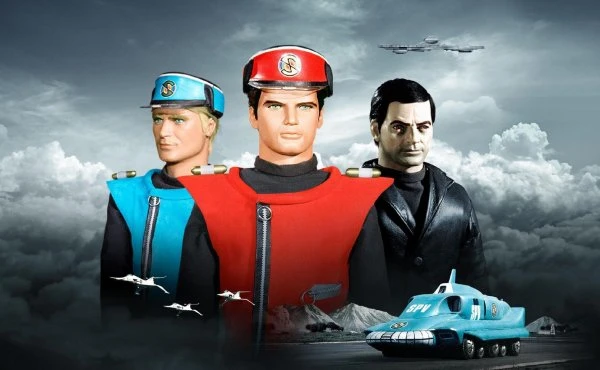
Captain Scarlet distinguished itself from Anderson’s earlier Supermarionation series in several key ways. The tone was markedly darker, with themes of death, identity, and futility underpinning the episodic structure. Unlike Thunderbirds or Stingray, Captain Scarlet presented a more sombre vision of the future, where the humans, though technologically advanced, were frequently shown to be outmatched by the superior intelligence of the Mysterons. This moral ambiguity was further underscored by the fact that the initial conflict had been triggered by a human error.
Character development was also notably deeper. For the first time, Anderson’s puppet protagonists were modelled closely on the actors who voiced them, lending a greater sense of realism. Characters such as Lieutenant Green and Captain Grey were even given detailed backstories, including prior service in WASP, the underwater organisation from Stingray, creating a shared universe across Anderson's work.
Visually, Anderson overcame the so-called “big-headed” look of earlier puppets by relocating the intricate mechanics controlling facial movement from the heads into the bodies, achieving more natural proportions and movement. As a result, Captain Scarlet has aged more gracefully than many of its contemporaries, with reruns and home video releases helping to maintain its popularity well into the late 20th century.
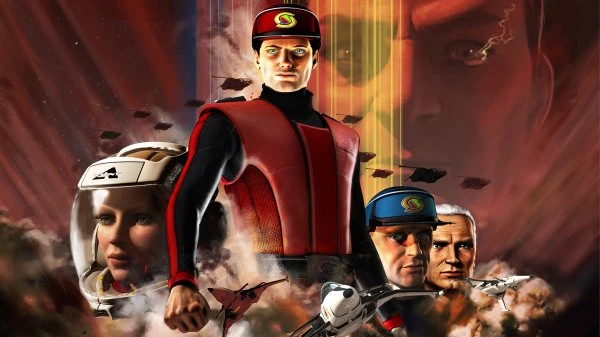
The enduring appeal of Captain Scarlet eventually led to a full-scale reboot. In early 2005, nearly four decades after his debut, the indestructible hero returned in a CGI-animated revival, New Captain Scarlet, produced using cutting-edge computer graphics. Though the visual style was updated for a modern audience, the spirit of the original remained intact, introducing a new generation to the ongoing battle between Spectrum and the Mysterons.
From its innovative puppetry to its unexpectedly grim themes, Captain Scarlet and the Mysterons remains a landmark in British children’s television—one that continues to resonate with fans old and new. Over forty years after his first encounter with the Mysterons, Captain Scarlet was reporting for duty once again. "S.I.G."
Seen this show? How do you rate it?
Seen this show? How do you rate it?
Published on December 3rd, 2018. Marc Saul.


